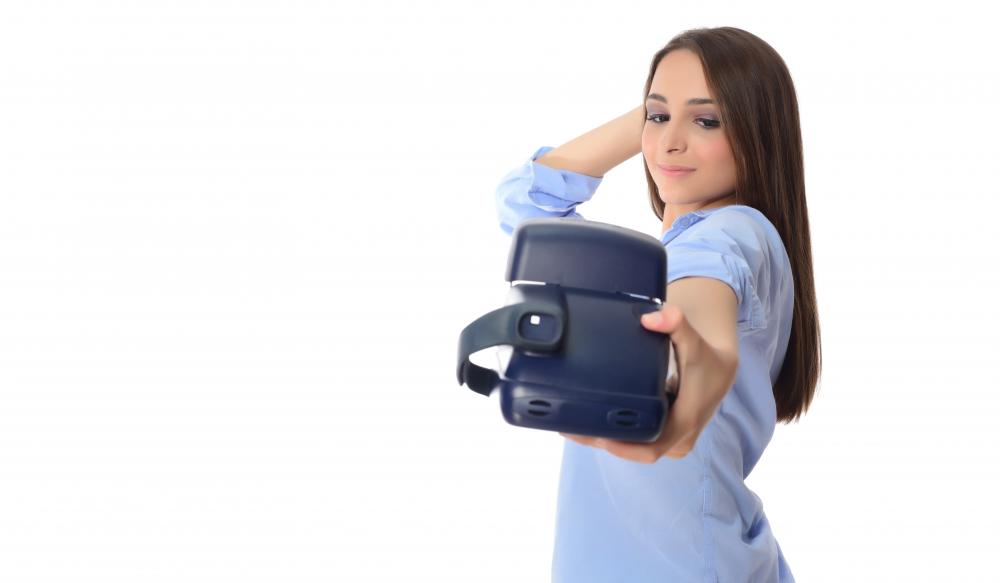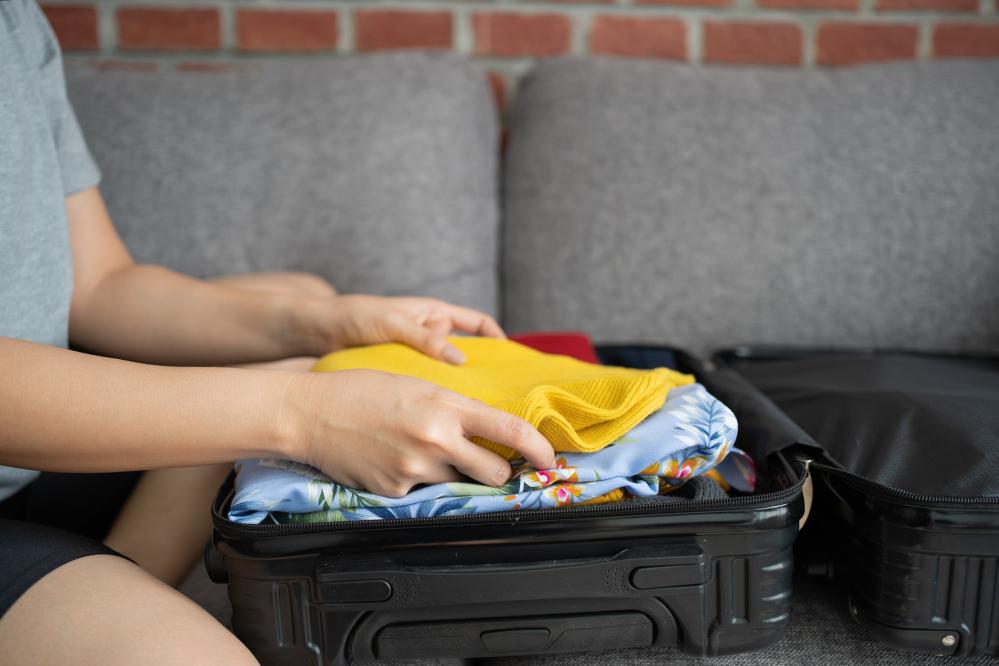
Understanding Passive Cool Boxes
At Travelling Tips, we often get asked, “what is a passive cool box?” It’s a question that has a surprisingly simple answer, yet the implications for a traveler can be profound. A passive cool box operates without any external power source, relying instead on insulation and ice packs to keep its contents cool. This magic box is your best companion when venturing into the great outdoors or hitting the road for a summer road trip.
Unlike its electric counterparts, the passive cool box is a marvel of simplicity. It is designed to slow down the melting process of ice, thereby maintaining a cooler temperature inside for an extended period. The key to its effectiveness lies in its insulation. The thicker the insulation, the longer it can keep your food and beverages chilled.
Choosing the Right Cool Box
Finding the perfect passive cool box can feel like searching for a needle in a haystack. With an array of sizes, shapes, and brands on the market, making the right choice can be overwhelming. However, it all boils down to understanding your needs. Are you an occasional picnicker or a hardcore camper who spends weeks in the wilderness? The answer to this question will guide your decision.
Size and Capacity
Consider the amount of food and drink you typically take on your trips. Remember, a fuller cool box retains cold better than one that’s half-empty. It’s a delicate balance between hauling an oversized box and running out of supplies.
Insulation Quality
The quality of insulation determines how well your cool box performs. Look for options that boast superior insulation materials. Foam insulation, for example, is common and quite effective.
Maximizing Cool Box Efficiency
Knowing what is a passive cool box is one thing; understanding how to get the most out of it is another. It’s not just about throwing in a bag of ice and hoping for the best. There are strategies to ensure your items stay chilled for as long as possible.
Pre-Chill Your Items
Before you pack your passive cool box, consider chilling your items in the fridge first. This step ensures that the ice in the box doesn’t have to work overtime right from the start.
Use Block Ice
Block ice melts more slowly than ice cubes, making it ideal for longer trips. However, mixing both can be beneficial – the cubes fill up the gaps, providing more surface area for cooling.
Packing Tips
Packing a passive cool box is an art. Here’s how to master it:
- Pre-cool or freeze your items before packing.
- Layer your ice and items strategically – place a layer of ice at the bottom, followed by food and drinks, and then top it off with more ice.
- Consider using frozen gel packs for items that shouldn’t get wet as the ice melts.
- Avoid opening the box too frequently. Every time you open it, warm air enters, and cool air escapes.
Through my travels, I’ve learned that a well-packed cool box can be the difference between a refreshing beverage at the end of a hike and a lukewarm disappointment. It’s all about making smart choices and efficient packing.
Innovative Uses of Passive Cool Boxes
While the primary use of a passive cool box is to keep things chill, its utility doesn’t end there. Over my travels, I’ve discovered some creative ways to use these cool companions.
Double as a Seat: In a pinch, a sturdy cool box can serve as an extra seat around the campfire. I’ve seen many travelers customize their boxes with cushioned tops for added comfort.
Storage: When not being used for cooling, they can double as secure storage for your gear, protecting it from the elements and animals.
Maintaining Your Cool Box
To ensure your passive cool box serves you well for years, regular maintenance is essential. After each trip, clean it thoroughly with a solution of water and baking soda. This mixture eliminates odors without leaving a residue that could taint your food. Let it dry completely before storing to prevent mold and mildew growth.
In the realm of travel, a passive cool box is more than just an accessory; it’s an indispensable ally. Whether you’re a casual camper or an intrepid explorer, understanding what is a passive cool box and how to make the most of it can elevate your outdoor experiences. So, the next time you’re planning an adventure, remember that a little knowledge and preparation can go a long way in keeping your cool, literally and figuratively.

How do passive cool boxes work?
At Travelling Tips, we often encounter curiosity about how passive cool boxes keep things chilled without any power. The secret lies in their design. These cool boxes employ superior insulation, typically foam, to slow down the heat transfer between the inside of the box and the external environment. When you pack it with ice packs or block ice, these frozen companions absorb heat slowly, making sure your perishables stay cool for a longer duration. It’s akin to how a thermos works, but for keeping things cold instead of hot. Imagine packing your box with chilled beverages and sandwiches, and finding them just as refreshing hours into your trip. That’s the magic of a passive cool box.
What are the different types of coolbox?
In the world of cool boxes, diversity reigns supreme. Beyond the passive cool box, which relies on insulation and ice, there are electric cool boxes that can be plugged into your car’s cigarette lighter or a power source to actively cool the contents. These are fantastic for long road trips where you have access to power and need to keep items cool continuously. Then, there are thermoelectric coolers that use a Peltier element to create a temperature difference, actively cooling or even heating their contents. Depending on your adventure, if you’re going off-grid, a passive cool box might be your best bet, but for those who will have access to power, exploring electric or thermoelectric options could add convenience.
How does a passive cooler work?
A passive cooler works by creating a highly insulated environment that slows down the natural heat exchange between the contents of the cooler and the outside temperature. This is achieved through thick walls made from materials like Styrofoam or polyurethane foam. When you place pre-chilled items or ice inside, the cooler effectively minimizes the rate at which the ice melts, hence maintaining a cooler internal temperature for an extended period. This principle is similar to how a polar bear’s fur insulates it from the harsh Arctic cold. It’s all about creating a barrier that keeps the unwanted temperature at bay, ensuring your drinks and food remain cool regardless of the external conditions.
Does passive cooling work?
Yes, absolutely. Passive cooling does work, and it’s a principle as old as time itself. Before the advent of modern refrigeration, people used to store perishables in cellars or ice houses packed with snow and ice. Passive cool boxes are a modern incarnation of this principle, leveraging advanced insulation materials and designs to maintain cool temperatures for extended periods. The effectiveness of a passive cooler can vary based on external temperatures, how well it’s packed, and the quality of the insulation, but with proper use, they are incredibly efficient at keeping items cool. It’s a testament to the power of insulation and the smart design embodied in these cool companions.
Maximizing Your Passive Cool Box’s Efficiency
To get the most out of your passive cool box, start by pre-chilling or freezing your items before packing. This initial step ensures that your ice packs last longer since they won’t have to work as hard from the start. Opting for block ice over ice cubes can also enhance efficiency, as it melts at a slower rate. When packing, think of it as layering for winter – start with a layer of ice, add your chilled items, and then top it off with more ice. Reducing the number of times you open your cool box is also key; think of each opening as inviting the warm outside air into your cool sanctuary. By following these simple strategies, you can significantly extend the cooling power of your passive cool box.
Creative Uses for Your Passive Cool Box
A passive cool box isn’t just for keeping food and drinks cold. On my travels, I’ve seen it doubled as a waterproof storage container for electronics or personal items during a downpour. Another innovative use is as a dry box for camera gear in humid environments, where the insulation keeps the internal environment stable and moisture-free. The versatility of a passive cool box is only limited by your creativity. Whether it’s serving as an impromptu table for a beach picnic or storing catch from a fishing trip, the possibilities are endless. I encourage you to think outside the box (pun intended) and share your unique uses with our community.
Maintaining Your Cool Box for Longevity
To ensure that your passive cool box serves you on many adventures, regular maintenance is key. Cleaning it with a solution of water and baking soda after each use helps eliminate odors and avoids any residue that might affect your food. Letting it dry completely before storage is also crucial to prevent mold and mildew. Treating your cool box with care, like avoiding using it as a step-stool and keeping it out of direct sunlight when not in use, can also significantly extend its life. Remember, a well-maintained passive cool box is not just a tool for your travels; it’s an investment in many more refreshing trips to come.
Resources
- National Park Service – The National Park Service website offers valuable information on outdoor activities and tips for camping, including advice on using passive cool boxes in national parks.
- Centers for Disease Control and Prevention (CDC) – The CDC provides guidelines on food safety during travel, including recommendations on keeping perishable items cold using cool boxes.
- University of Minnesota Extension – The University of Minnesota Extension website offers resources on food safety, including tips on using cool boxes to preserve food freshness during outdoor activities.
- United States Department of Agriculture (USDA) – The USDA provides food safety resources and guidelines, including information on keeping food safe during outdoor events by using cool boxes.